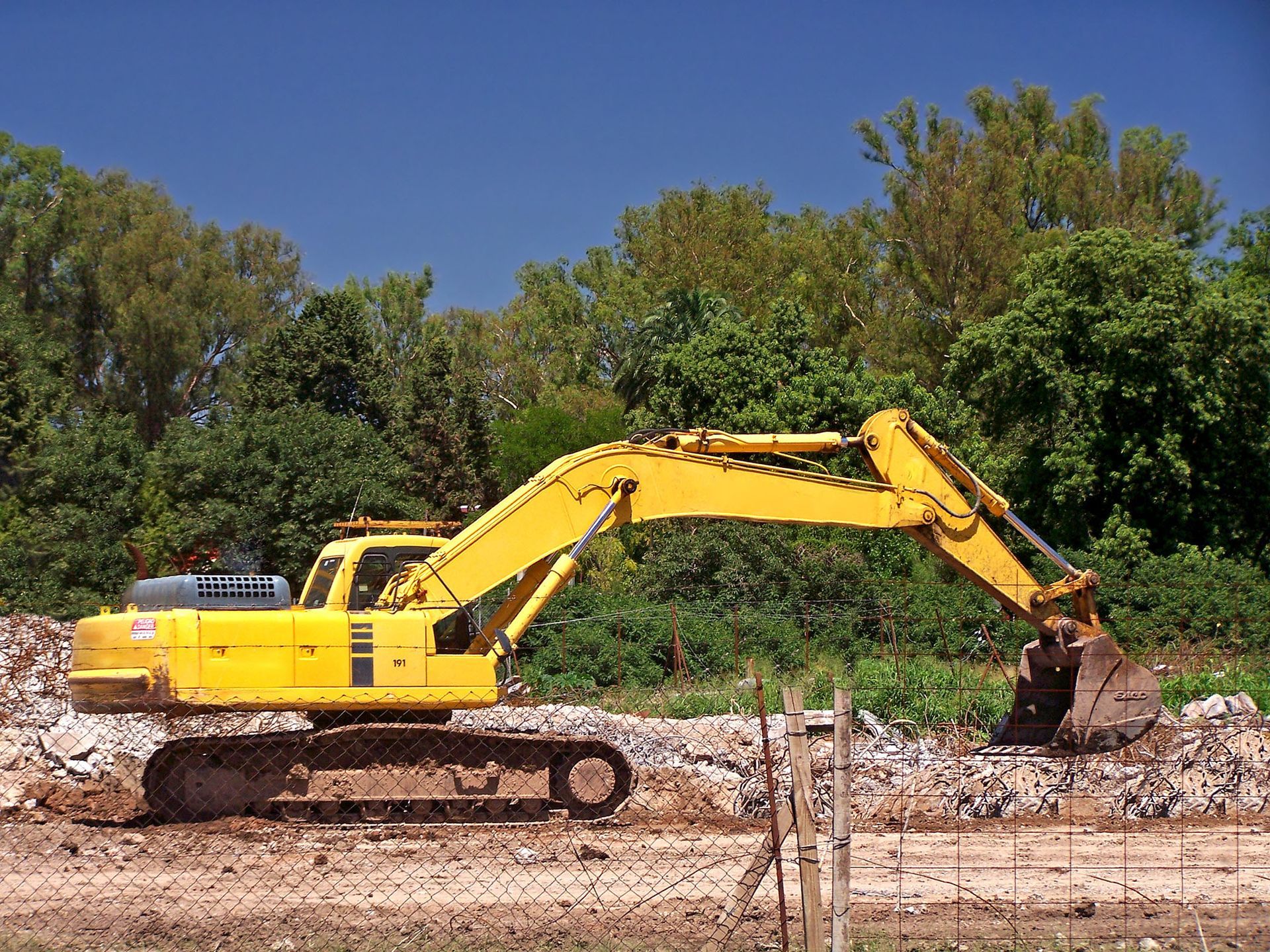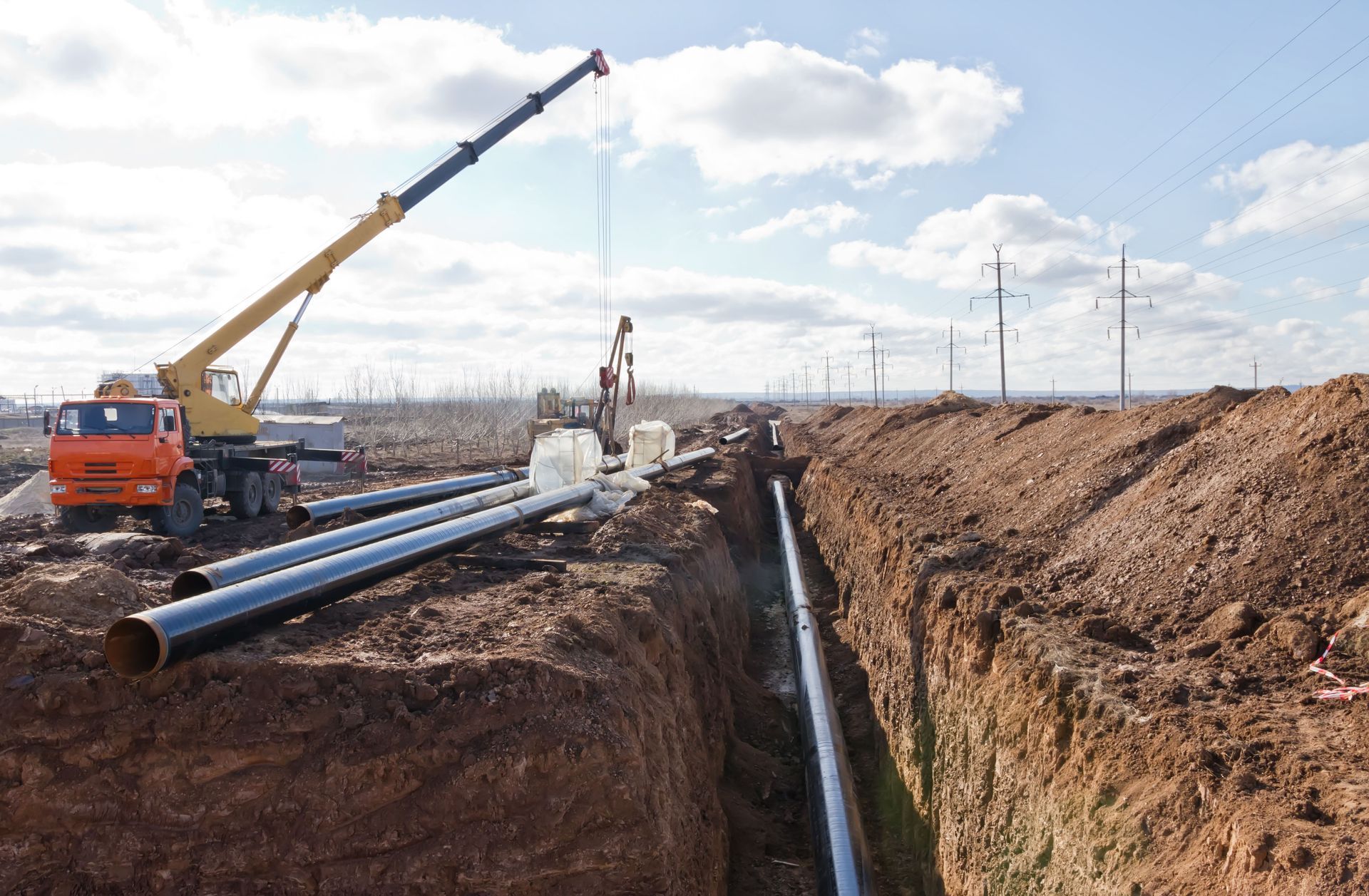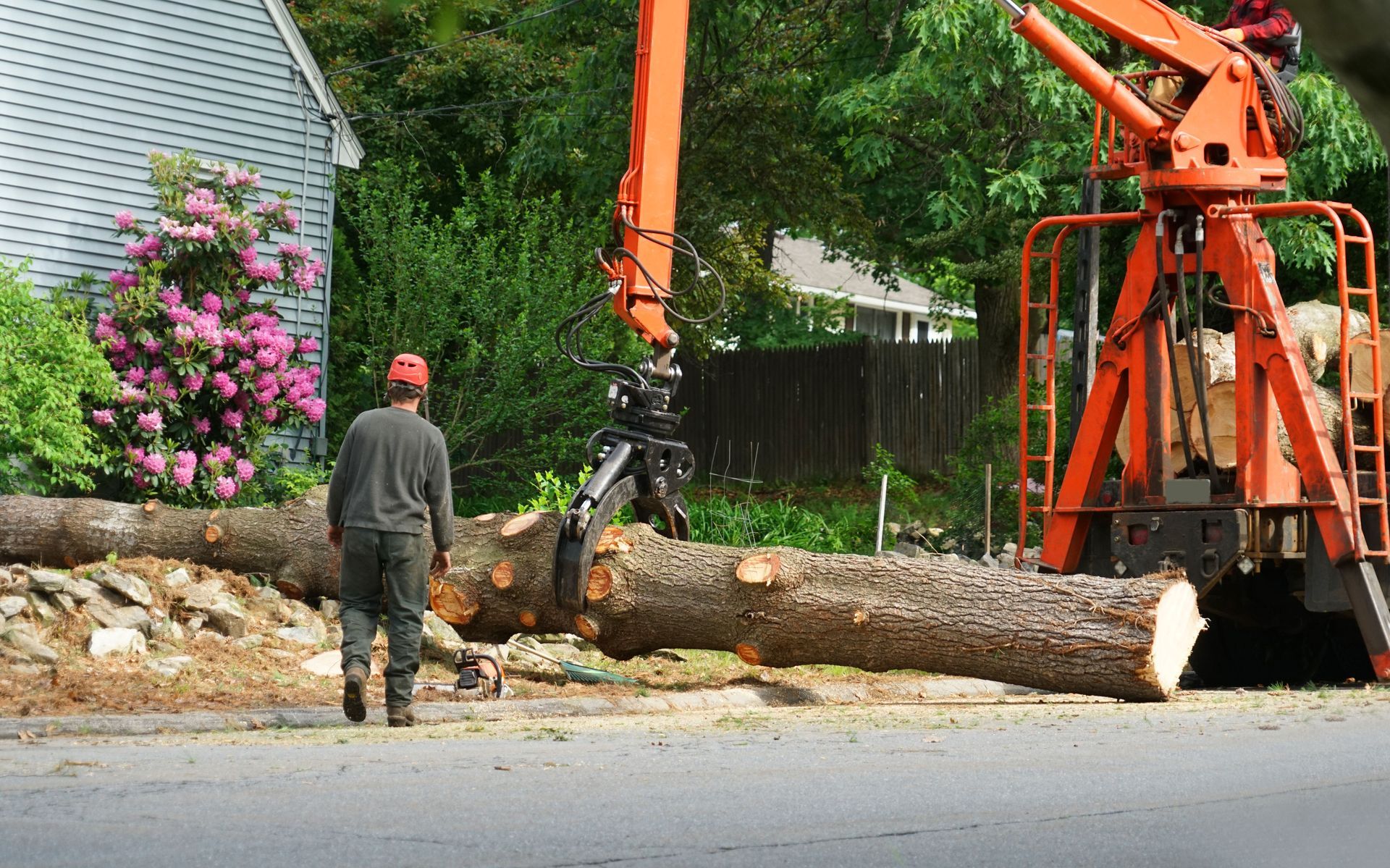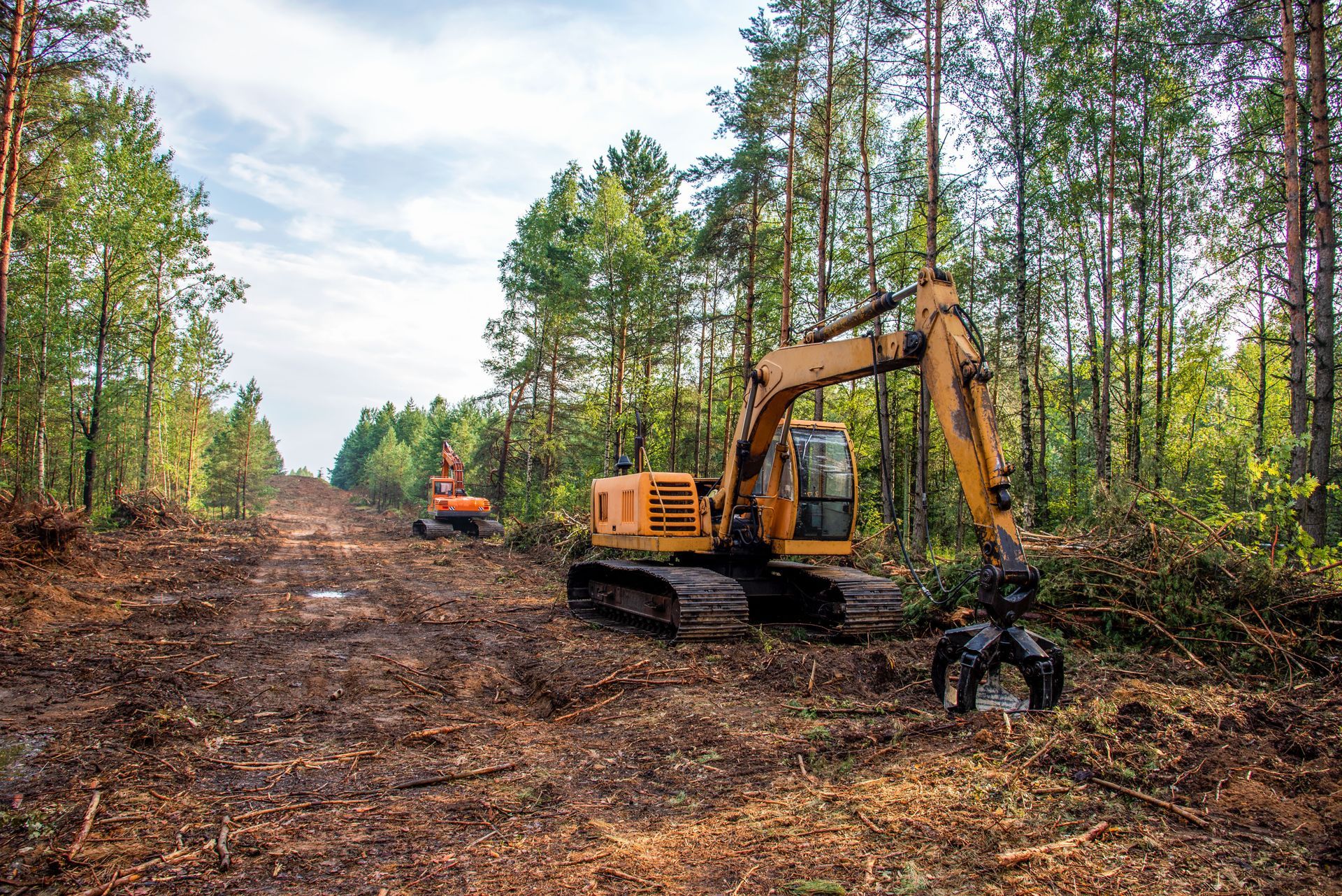What Measures Do You Take to Prevent Crane Tip-Overs or Collapses?
Highlights:
- Crane safety depends on respecting load limits, proper site management, and ongoing inspections.
- Weather, soil stability, and operator training directly influence crane stability.
- Technology like load indicators and anti-two-block devices reduces the risks of tip-overs.
- Russ Erlinger Crane Service emphasizes prevention-first safety practices in St. Louis, MO.
Preventing crane tip-overs or collapses is one of the most critical aspects of construction site safety. These incidents often lead to catastrophic outcomes, including injuries, property damage, and work delays. By focusing on preventive measures, companies can reduce risks and create a safer environment for both workers and the surrounding community. According to the Bureau of Labor Statistics, between 2011 and 2017 there were 297 deaths involving cranes-an average of 42 fatalities per year in the U.S. This blog explores strategies that crane operators, managers, and site supervisors can adopt to reduce the risk of accidents. Beyond statistics, it highlights the importance of consistent training, vigilance, and communication among all team members.
Understanding Crane Load Limits
One of the primary causes of crane collapses is exceeding load capacity. Each crane comes with a detailed load chart specifying the safe limits based on boom length, angle, and radius. Operators must follow these charts precisely. Even small miscalculations can result in tipping. Wind pressure, swinging loads, and ground stability can alter safe weight limits, meaning that numbers must be carefully rechecked. According to the Crane Inspection & Certification Bureau, about 80% of crane upsets are attributed to operators exceeding the crane's operational capacity. This underscores the vital role of planning before every lift.
Regular Equipment Inspections
Routine inspections help identify potential failures before they become hazards. Daily checks should cover wire ropes, hydraulic systems, and safety devices like brakes and emergency shutoffs. Monthly and annual inspections are more detailed, requiring certified technicians to assess structural integrity, electronics, and fatigue points. Keeping inspection logs ensures accountability and helps anticipate repairs. Mechanical issues that go undetected are a common cause of collapses. Companies like Russ Erlinger Crane Service in St. Louis, MO adhere to strict inspection protocols to catch risks early. This preventive approach provides peace of mind and boosts overall productivity on construction sites.
Operator Training and Certification
Crane operators must undergo rigorous training before handling lifts. Training programs cover load calculations, crane physics, hazard recognition, and emergency protocols. Certification bodies such as the National Commission for the Certification of Crane Operators (NCCCO) set standardized requirements for competence. According to OSHA, 90% of crane accidents occur due to human error and 54% of incidents involve lifting motions while outriggers are not fully extended or swinging the boom improperly. Continued education and refresher courses are essential as equipment evolves. Training not only strengthens safety but also builds operator confidence in complex or high-pressure working conditions.
Frequently Asked Questions
Why do crane load charts matter so much?
Load charts provide exact weight capacities under specific conditions. Ignoring them can lead to tip-overs or equipment stress.
How often should cranes be inspected?
Daily visual inspections should be combined with monthly and annual professional checks to catch hidden issues.
Is operator certification legally required?
Yes. OSHA mandates operator certification, ensuring workers meet national standards for crane safety and competence.
Proper Site Management
Site preparation is another key factor in preventing crane collapses. Before operation, soil conditions should be tested to ensure stability. Weak or uneven ground can lead to gradual sinking and instability. Establishing exclusion zones keeps workers and equipment away from the crane's swing radius, minimizing collision risks. Site managers must also coordinate logistics so that cranes don't interfere with other machinery. Clear management procedures help avoid errors that lead to dangerous accidents on busy construction sites. Every successful project starts with a safe foundation, and strong site management plays a central role in protecting workers.
Tip-Over Prevention Techniques
Preventing tip-overs requires careful setup and monitoring throughout operations. Cranes should be leveled precisely, with outriggers extended fully and placed on load-spreading pads. Operators must avoid sudden swinging or stopping movements, as they shift the center of gravity. Technology like load moment indicators and anti-two-block devices provide real-time alerts if unsafe conditions develop. While equipment safeguards are vital, operator vigilance remains essential. Combining technology with strong protocols ensures stability during lifts, especially when handling heavy or irregular loads on complex job sites. These measures work best when paired with regular safety briefings.
Weather Monitoring and Response
Weather is one of the most unpredictable threats to crane stability. High winds can sway booms and destabilize loads. Lightning, heavy rain, and icy conditions add additional hazards. Operators must check forecasts before each shift and monitor real-time wind speeds with anemometers. Manufacturer guidelines specify safe operating thresholds, often requiring work to stop at wind speeds above 20-30 mph. Having clear protocols for suspending work during adverse weather ensures that worker safety is prioritized over productivity. Planning ahead for sudden changes is critical in maintaining stability and protecting valuable equipment investments.
Frequently Asked Questions
What role does ground stability play in crane safety?
Unstable soil can cause uneven weight distribution, leading to gradual tipping or sudden collapse.
Are crane safety technologies reliable?
Yes. Devices like load moment indicators are designed to detect unsafe conditions early, giving operators critical response time.
What weather is most dangerous for cranes?
High winds pose the greatest threat, but lightning and heavy rain also create unsafe working conditions.
Coordinating Lifting Operations
Lifting operations require precision and coordination between multiple workers. Developing a detailed lift plan ensures everyone knows their role. Pre-lift meetings should cover potential hazards, communication protocols, and emergency procedures. Using standard hand signals or radios allows clear interaction between operators and spotters. Crews that rehearse and confirm readiness significantly reduce confusion and risks during lifting operations. A well-prepared team not only minimizes accidents but also completes lifts more efficiently, helping projects remain on schedule.
Safety Protocols for Heavy Machinery
Cranes operate within an ecosystem of heavy machinery on construction sites. Clear safety protocols ensure that cranes and other equipment coexist without conflicts. Traffic patterns should be established to separate machinery and pedestrian zones. Workers must wear high-visibility gear when near active lifts. Lockout/tagout procedures are essential during maintenance to prevent accidental startups. Regular safety audits help verify compliance with protocols. Reinforcing these habits builds a culture of accountability, which reduces the likelihood of preventable accidents involving cranes and machinery. Comprehensive safety programs save both lives and long-term costs.
Frequently Asked Questions
Why are pre-lift meetings important?
They ensure every team member understands their role, hazards, and communication protocols before operations begin.
How do safety audits improve crane safety?
Audits identify overlooked hazards, reinforce compliance, and hold teams accountable for following protocols.
Can poor communication really cause crane accidents?
Yes. Miscommunication during lifting operations is a well-documented factor in serious crane incidents.
Crane collapses and tip-overs are preventable with proper planning, inspections, training, and communication. The integration of technology, such as safety devices and weather monitoring tools, adds additional layers of protection. In St. Louis, MO, Russ Erlinger Crane Service demonstrates how companies can prioritize prevention while maintaining efficiency on construction projects. By combining strict adherence to safety protocols with a culture of vigilance, the construction industry can significantly reduce risks and protect both workers and communities. A safer workforce not only prevents tragedies but also strengthens trust with clients and the public.





Share On: